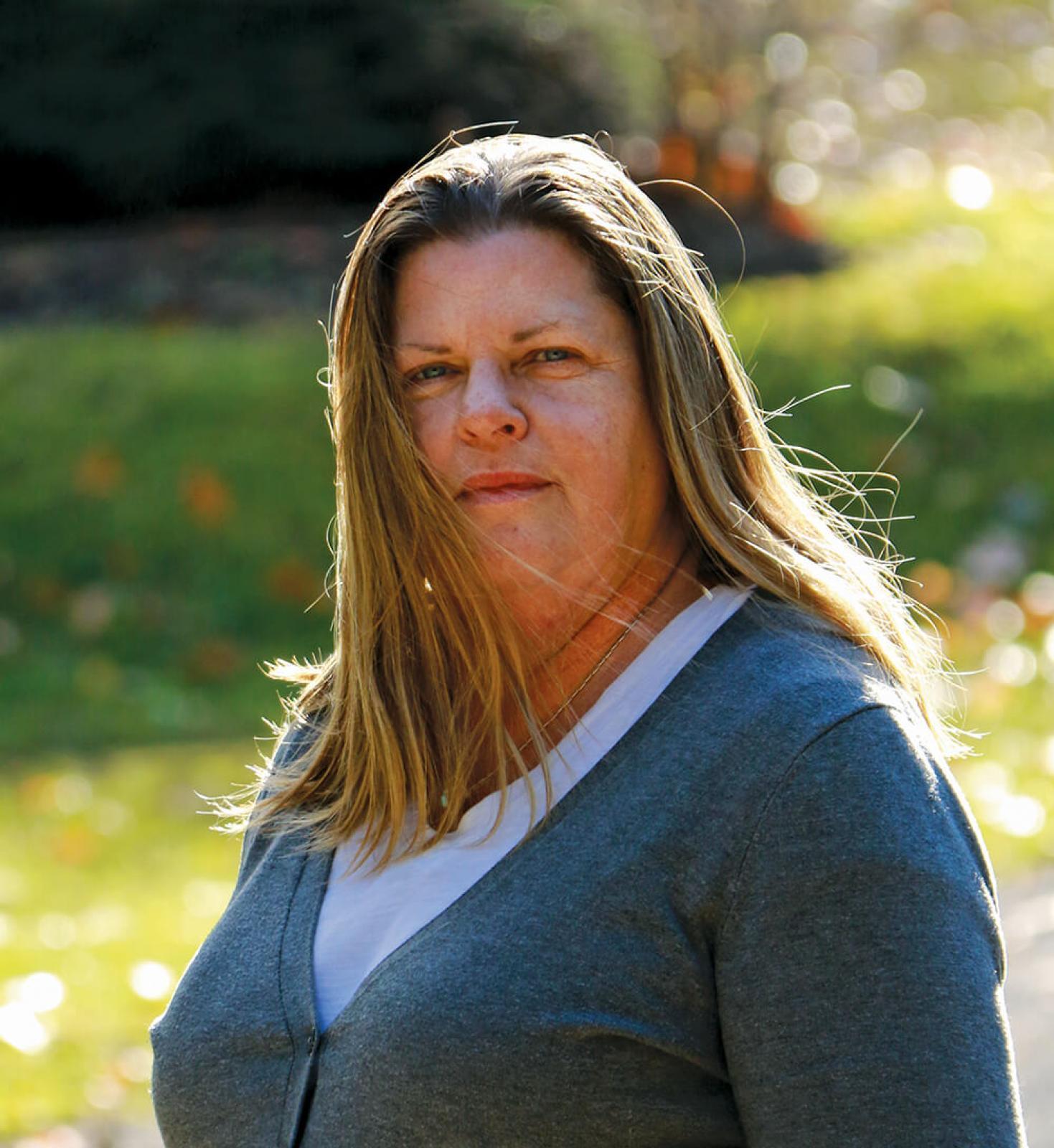February 28, 2017

Lexi Dearborn
People, process and portfolio
In 2001, Lexi Dearborn launched Dearborn Designs & Associates, a design and build firm in Barrie, Ont., following a 25-year career in the hotel and restaurant industries. A graduate of the University of Guelph’s Landscape Design program and a Certified Landscape Designer and Project Manager, Dearborn is an active Landscape Ontario member and has taught landscape design and gardening courses at Georgian College.
Which personal qualities are important in landscape design?
First and foremost, you have to like people. Honestly, if you aren’t a people person, you’re going to have a very difficult time working as a designer. The job for me really is a 50/50 split, with half the time spent in my own head creating wonderful spaces, while the other half is spent learning who the clients are and understanding their needs.As a designer, we almost become a member of the client’s extended family. If you are good, you want to build that kind of relationship, because you need to understand their dynamics; it is so much more than somebody saying, ‘I want a pool, or I want a new front walkway.’ For me, it’s about finding out who the client is so that I can create the right space.
How do you balance your design style with your client’s vision?
I meet with my clients, we walk their space and I ask them what they want to do in the space. Clients will often say they want the patio here, or the garden there, but I stop them, and bring them back to what they want to do in the space. See, they start by trying to design, but I want their head in a whole other place. I say, ‘Let’s talk about do. Do you want to dine, swim, read, watch birds? What do you want to do?’ So now I’ve created a wish list of things they want to do in their space. Then I ask, ‘How would you like it to feel?’ Clients often say they want to feel like they’re in the tropics, or perhaps in the Muskokas. And so that is their homework, and that is the only thing I ask them to do. Once I have their wish list, they are done, and I ask them to let me design the space. I’ve found this process really helps to build trust.Describe how you build relationships with contractors.
I watch for contractors who do really good work and have some creativity themselves. I also reach out to suppliers and ask them a lot of questions about who is doing a lot of work in our area, and what they think about the work. And then I’ll approach the contractor, after I’ve done some homework, and ask if they would consider doing some pricing. So I start to build the relationship based on the quality of their work and their pricing, and I’ll often go out to take a look at some of their projects.I develop the relationship slowly, because as a designer, you have to be able to work with a contractor who can read your drawings. I will often start them out with a couple of small projects. And it also has a lot to do with personalities. I am very particular about my jobsites and the integrity of the drawings. I need to know that the contractor is going to not only do great work, but also provide a high level of service to the client.
Do you have any tips for designers just starting out in the profession?
When speaking with designers that are early in their careers, one thing I always emphasize is the importance of portfolios. As a designer, your portfolio should run off your left hand, regardless of whether it is print or digital. It needs to be your number one selling tool. Particularly during the early years, before you have developed a reputation, your portfolio really is critical to landing clients.Do you have a favourite mentor to recommend? Please send suggestions to editor@landscapetrades.com.